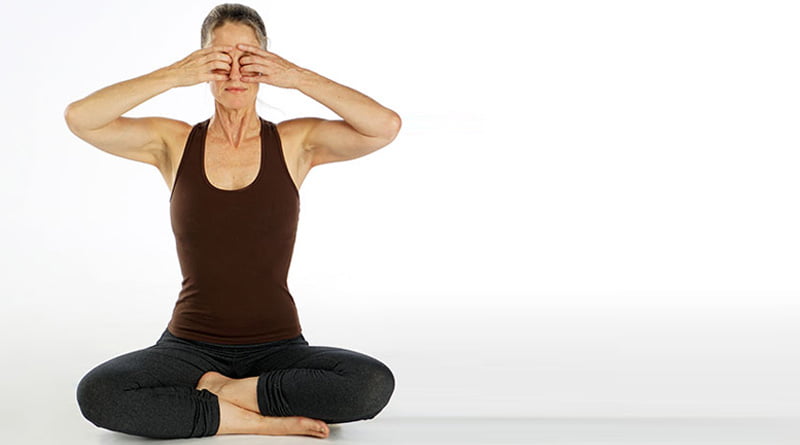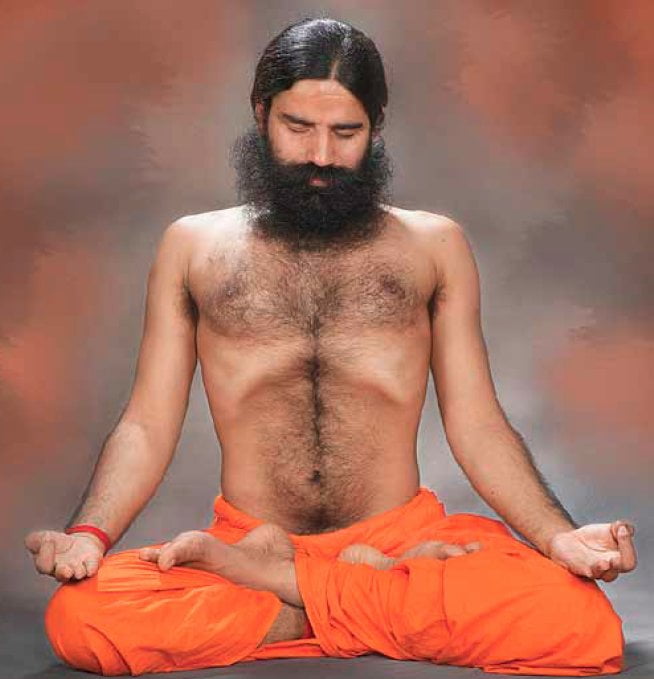
Modern science has repeatedly confirmed the rationality and effectiveness of yogic practices. The techniques used in yoga for thousands of years again and again attract the attention of physiologists and clinicians of various specialties. We are once again convinced that yoga is essentially an ancient science based on the experience of many generations of practitioners. A science whose reliability and accuracy are often confirmed by modern research. So, see below the Scientific Research on Surya Bhedana Pranayama.
Table of Contents
Scientific Research on Surya Bhedana Pranayama:
A number of yogic breathing techniques use isolated breathing through different nostrils. There are various options for asymmetrical breathing, and the effects of their use can be diametrically opposed.
Today, a significant amount of scientific data shows that the autonomic nervous system (ANS) does indeed have a functional asymmetry. From the point of view of autonomic regulation, the right and left halves of the human body are not identical, and effects on the left and right sides can have different effects.
For example, effects on the left and right vagus nerves will have slightly different effects on the heart: the right, compared to the left, causes a decrease in heart rate to a greater extent; there is reason to believe that the left nervus vagus has a greater effect on ventricular contractility and the right on heart rhythm.
Thus, parasympathetic effects on the heart in experiments demonstrate a clear asymmetry. Sympathetic effects are also not identical on the left and right – stimulation of the right stellate sympathetic ganglion in experiments on dogs leads to a greater increase in heart rate than with stimulation of the left sympathetic ganglion; stimulation of the left ganglion leads to a greater increase in the contractile function of the left ventricle compared to stimulation of the right stellate ganglion.
Asymmetry associated with vegetative regulation has also been identified for the central nervous system. The cerebral hemispheres participate differently in maintaining vegetative balance.
The work of Shcheglova and Ponomareva (2008) showed that healthy subjects with a predominance of the level of constant potential (LCP) in the right hemisphere compared to the left had a higher Kerdo index and a higher pulse rate. This dependence was found in the frontal and central areas for the Kerdo index and in the parietal area for the pulse.
It can be assumed that in individuals with a higher UPP, sympathicotonic influences predominate in the right hemisphere. The data obtained confirm the point of view that activation of the left hemisphere leads to an increase in parasympathicotonia, and the right hemisphere to an increase in sympathicotonia.
Conclusion:
Practicing Surya Bhedana Pranayama several times a day helps control our breathing, thoughts, and emotions. It gives a feeling of peace, happiness, and contentment. Regular practice of breathing through the right nostril also slows down the aging process. Considering its numerous benefits, there seems to be no reason why it cannot be a part of our daily routine. For a happy and healthy life, adopt Surya Bhedana Pranayama today.




